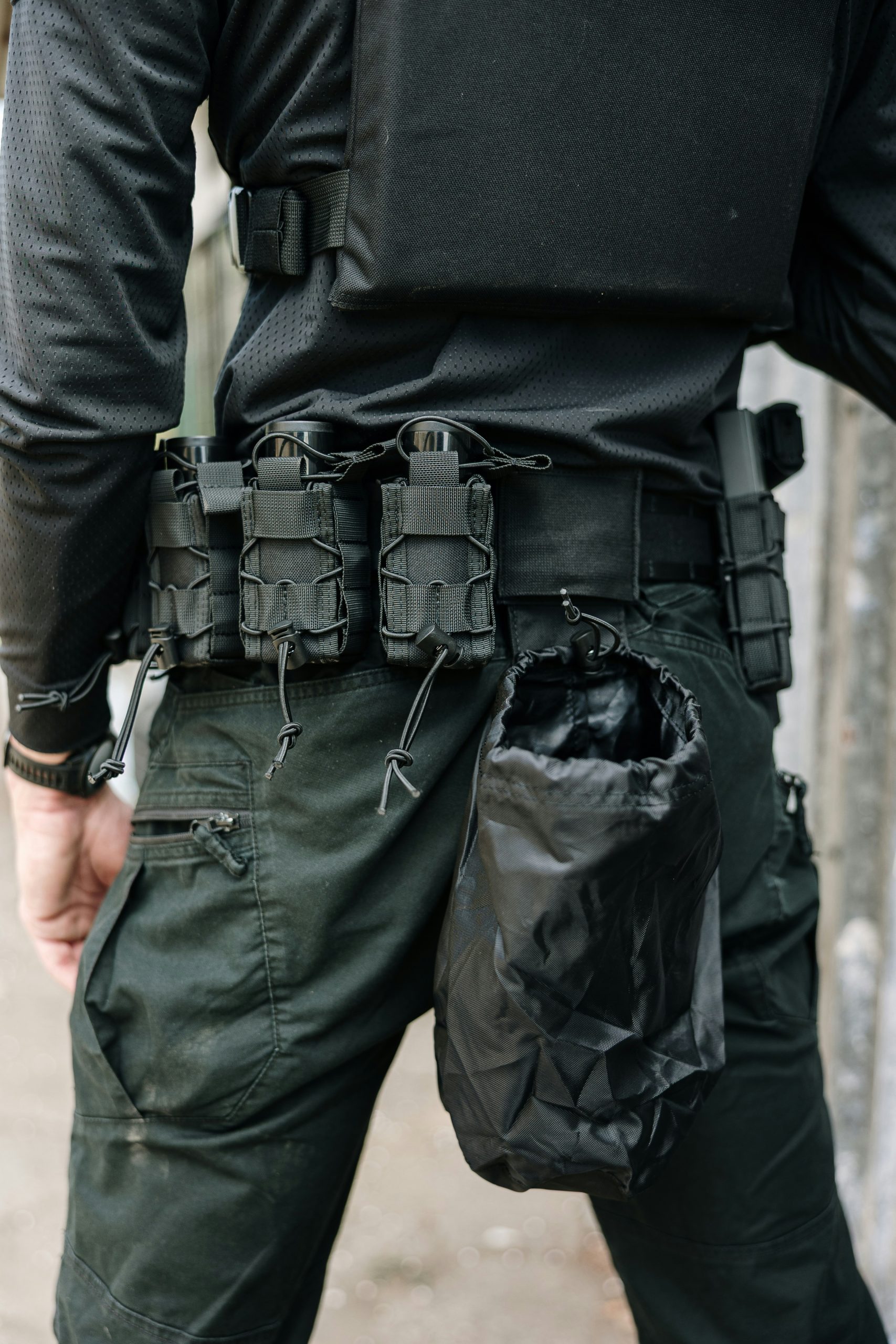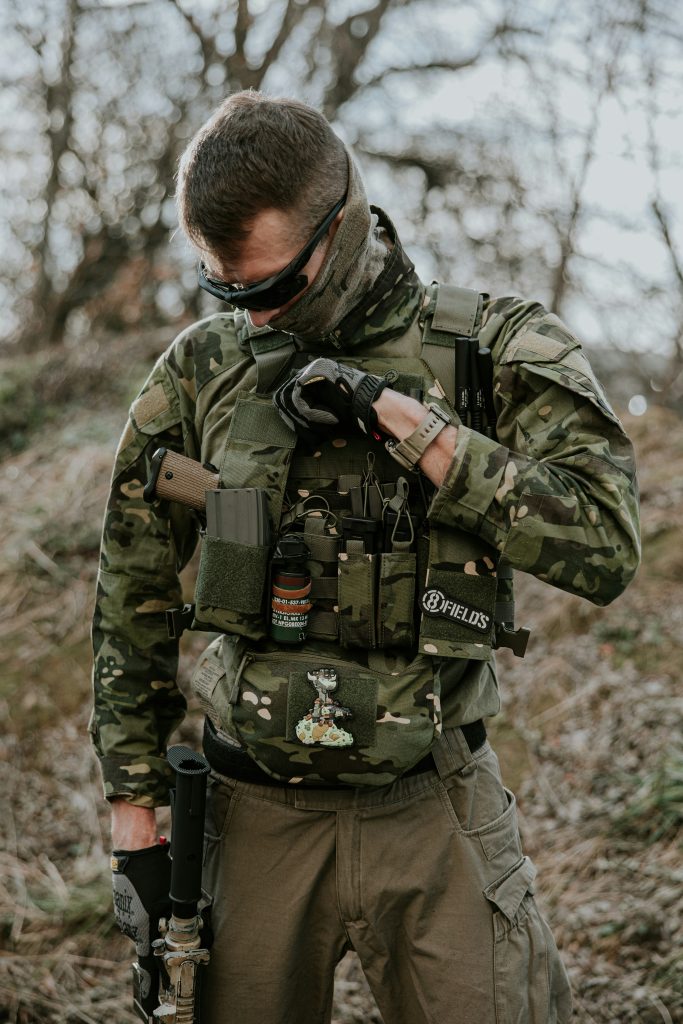For decades, tactical clothing prioritized protection above all. Heavier meant stronger. But modern field professionals started asking:
“Yes, it protects me — but can I move in it?”
That question launched a new era of performance textiles — where protection meets comfort, stretch, and breathability.
Comfort in tactical wear means more than softness — it’s about stretch, breathability, moisture control, and long-lasting fit. Modern tactical fabrics use functional fibers like Spandex, XLA®, or Sorona® to provide stable elongation, dimensional stability, and abrasion resistance. This allows wearers — from army units to training teams — to move freely, stay cool, and stay sharp.
When a uniform moves with the body and resists wear over time, it becomes a performance tool — not just a layer of fabric.
How Important Is Comfort in Tactical Wear?
Uncomfortable gear can limit movement, overheat the body, and cause fatigue — especially during long operations or high-stress environments.
That’s why comfort has become a tactical feature, not just a bonus.
Moisture-wicking, flexible materials help users stay focused. Breathable designs reduce skin irritation. Today’s tactical gear is judged not only by its durability, but also by how it feels during use.
Stretch Technologies Used in Tactical Fabrics
Tactical fabrics use various types of stretch technologies — not ranked by quality, but optimized for different functions and field requirements.
Each type offers its own advantages depending on the use case, from structured durability to extreme flexibility.
⚙️ Mechanical Stretch – Durable and Low-Maintenance
This type of stretch comes from the weaving or knitting structure itself, not elastic fibers.
- Provides moderate, stable elasticity
- Resistant to deformation after washing or finishing
- Maintains shape and stretch over time without degradation
Best for: Work trousers, uniforms, and gear that need reliable fit and long-term dimensional stability.
🔁 Composite Stretch Fibers – Balanced and Comfortable
This category includes fibers like T400 and PBT, which are engineered to provide stretch without relying on traditional elastomers.
- Offers soft hand-feel with medium elasticity (approx. 9–14% elongation)
- Good stretch recovery
- More comfortable than mechanical stretch, but more stable than high-elastane fabrics
Best for: Tactical trousers and training gear where both flexibility and appearance retention matter.
🧬 High-Elastic Fibers – Built for Dynamic Performance
High-performance elastic fibers like Spandex (Lycra®), XLA®, and Sorona® offer superior mobility.
- Delivers elongation above 14%
- Excellent recovery even under high stress
- Supports body movement in all directions
- May require more careful finishing or washing control
Best for: High-mobility tactical wear, combat pants, or all-weather gear used in extreme conditions.
Rather than seeing these as “better or worse,” fabric developers choose among them based on function, durability, and end-user needs.

What Makes Tactical Fabric Truly Comfortable?
Let’s break down what comfort really means from a technical perspective:
| Property | Why It Matters | Tactical Benefit |
|---|---|---|
| Breathability | Allows heat and vapor to escape | Keeps body dry and cool |
| Elastic Recovery | Returns to shape after stretch | Full freedom of movement |
| Moisture Wicking | Pulls sweat away from the skin | Prevents chafing and overheating |
| Low-Noise Surface | Avoids plastic “swish” sounds | Enables tactical stealth and quiet motion |
These are not marketing terms — they’re testable, measurable, and improvable features that define modern tactical fabric development.
Comfort That Doesn’t Compromise Durability
There’s a myth that comfort comes at the cost of strength — not true.
Advanced fabric engineering allows manufacturers to combine softness with abrasion resistance, especially when using:
- DWR (durable water repellent) coatings
- Anti-wrinkle and UV-blocking treatments
- High-density weaving techniques with stretch fibers
Even after repeated washing or field wear, the fabric retains its shape and function — especially when backed by certified testing.
Material Example: Balanced for Real-World Performance
Here’s a practical example used in workwear and tactical pants:
🔗 65% Polyester / 32% Combed Cotton / 3% Spandex — 245gsm Functional Fabric
- Good breathability with stable stretch
- Tough enough for training, comfortable enough for long wear
- Ideal for tactical trousers, combat uniforms, or all-weather field pants
It performs well across multiple categories: mechanical strength, comfort, appearance, and wash resistance.
What Are the Best Tactical Clothing Brands Focused on Comfort?
Leading brands are shifting toward comfort as a core performance metric. Notable examples include:
- 5.11 Tactical – Known for hybrid tactical-casual gear like the Edge Chino 2.0
- UF PRO – Designs focused on movement and thermoregulation
- First Tactical – Offers structured mechanical stretch with modern fits
These brands have set a high bar, pushing the industry toward more advanced fabric adoption.
And it’s not limited to global players — many emerging tactical brands are adopting these materials to compete on both performance and user experience.
The future of tactical wear isn’t just strong — it’s smart, breathable, and ready to move.
Fabrics that flex, breathe, and last under pressure are no longer optional — they’re essential.
At PRANCE, we believe comfort is performance.
And the right fabric makes all the difference in the field.

